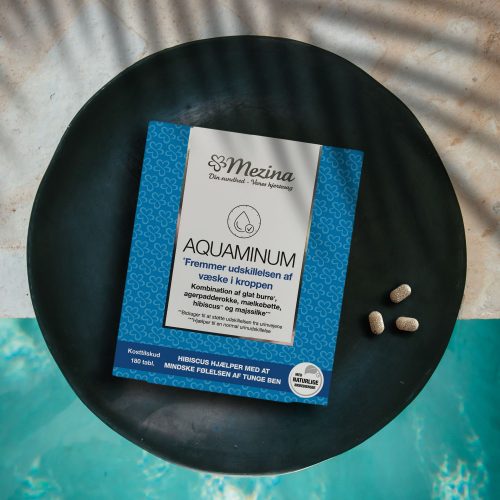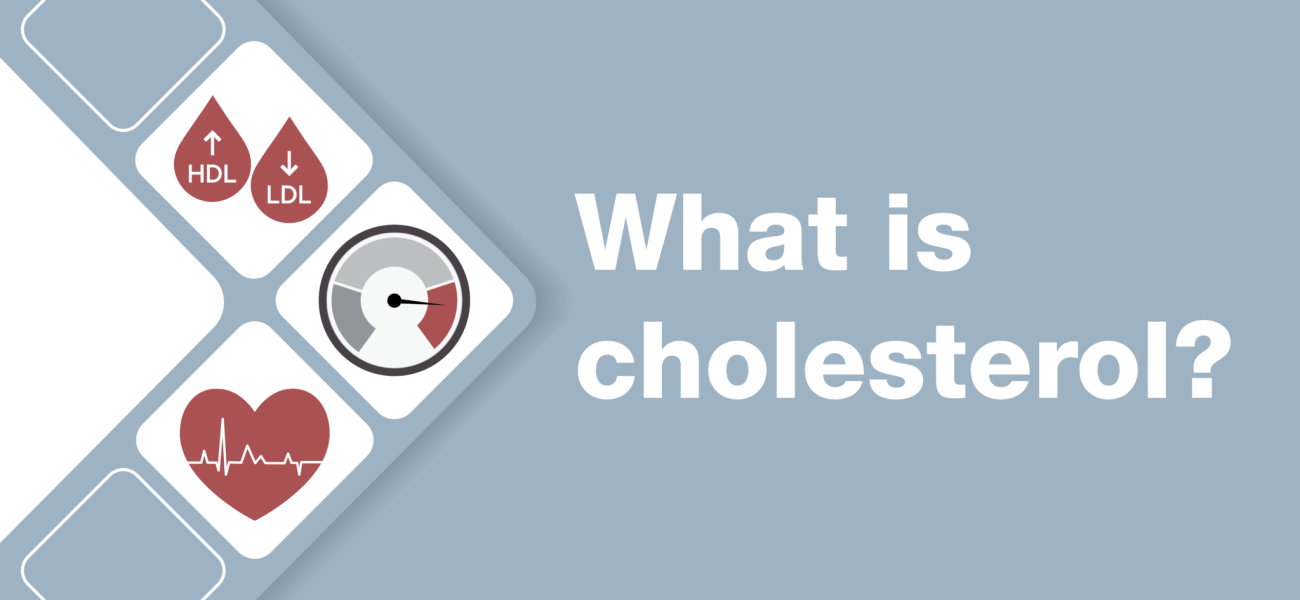The word cholesterol is used in everyday language to refer to several things, and that might be the reason we can get a little confused when hearing the word “cholesterol.”
Cholesterol is a fat, and it essentially means that it cannot be dissolved in water. Other fats include wax and fatty acids (usually found together in mono-, di-, or triglycerides with 1, 2, or 3 fatty acids). Triglycerides make up the majority of the fat we eat, whether it’s butter, margarine, or plant oils. There is cholesterol in food – for example, in eggs, shellfish, dairy products, and meat – but our body can also produce it on its own. About a third of the cholesterol in our body is produced by us.
Cholesterol is also an important component of all cells in the body, but it is also converted into necessary substances such as the stress hormone cortisol, sex hormones (female and male), and especially vitamin D.
In addition to describing this relatively simple substance, the term “cholesterol” is also used to refer to some much more complex particles in the blood that transport fat and cholesterol around the bloodstream.
Fat is an important substance, among other things, for producing energy when we need to work. Fat comes from our diet and needs to be absorbed in our intestines and transported in the blood to where it’s converted into energy or stored for later use.
Since blood is mostly composed of water, it presents a problem to transport fats in the blood. Therefore, the fat must be “wrapped up” in small particles consisting of cholesterol and protein, where the fat is encapsulated inside, similar to how dish detergent emulsifies fat when washing a greasy plate.
These particles are called lipoproteins and are another place where cholesterol has a necessary function in the body. However, lipoproteins are not unconditionally good, especially if there’s too much of the wrong kind. So, lipoproteins are often simply referred to as “cholesterol” or “cholesterol in the blood” or “blood fats.”
The circulation of fats in the body
When fats need to be absorbed from our intestines, they need to be “wrapped up” so they can be transported in the watery environment that our body constitutes. This happens in the intestine with the help of bile, which is produced in the liver. Bile is rich in cholesterol-containing substances, which are used to create small “bubbles” of fat (chylomicrons). These bubbles are transported via the lymphatic system and into the bloodstream, where the fats are delivered to the body’s cells, as described earlier.
After fats have circulated in the bloodstream, they are captured by the liver, which then forms particles with a high fat content (triglycerides). These particles are called VLDL (Very Low-Density Lipoprotein). As they are sent out into the bloodstream to different parts of the body, they release fatty acids to the cells and gradually become more cholesterol-rich – and are then called LDL (Low Density Lipoprotein). Below is some information about three different classes of lipoproteins.

VLDL Cholesterol
VLDL cholesterol consists of relatively large particles that primarily transport fat. The amount of VLDL cholesterol varies somewhat, but if there’s too much for an extended period, and if you’re also slightly overweight, maybe have slightly high blood pressure and a tendency for elevated blood sugar, the risk of circulatory problems is somewhat increased.
Often, a weight-loss diet and a supplement of fish oil can lower the amount of VLDL cholesterol. It’s worth mentioning that excessive alcohol consumption can raise the amount of fat in the blood – and it decreases again when consumption is reduced.

LDL CHOLESTEROL
LDL cholesterol consists of smaller particles than VLDL and primarily transports cholesterol.
LDL cholesterol has the nickname “bad” cholesterol because it’s particularly at high LDL levels that the risk of circulatory problems increases.
Many medications are targeted at preventing the formation of LDL or reducing its levels in the blood.

HDL CHOLESTEROL
HDL cholesterol is involved in the so-called “reverse cholesterol transport.” HDL particles are so small that they can “seep” through the walls of blood vessels and emerge on the other side, after which they are carried back to the liver. Interestingly, HDL cholesterol can dissolve some of the deposits we call atherosclerosis as it travels through blood vessels, which would be better described as arteriosclerosis. There’s an inverse relationship between VLDL and HDL cholesterol, so if VLDL is lowered, it’s very normal for HDL cholesterol to increase. Thus, having a high amount of HDL cholesterol is desirable as it protects the circulatory system.
MANY FACTORS
The cholesterol content in the blood is just one of several factors that should be considered when assessing the health of the circulatory system. Age and gender are two factors that unfortunately can’t be changed. However, you can avoid smoking, adjust your diet towards less saturated fat and more fibre and vegetables, and be physically active – these are three important factors that protect the circulatory system. Finally, there are blood pressure and cholesterol levels, which are often positively influenced if you lose weight and engage in more physical activity. In some cases, it’s recommended to treat these risk factors medically.
Lipinorm A-800 and other Mezinas products are intended as supplements to a healthy diet and lifestyle.
Cholesterol Ratio
When you get your cholesterol measured, you’ll usually be informed about the number of triglycerides (i.e., fat) and the total amount of cholesterol.
Additionally, you’ll likely be given the amounts of LDL and HDL. The doctor will, of course, help explain what these numbers mean, but there’s a simple way to assess whether, based on your cholesterol levels, you have an increased risk of circulatory problems.
You can divide the total cholesterol number by HDL, and the value should ideally be below 3.5-4. Alternatively, you can divide the LDL number by HDL; this value should ideally be under 3. If HDL is also above 1 (measured in millimoles per litre), you’re likely well protected.


